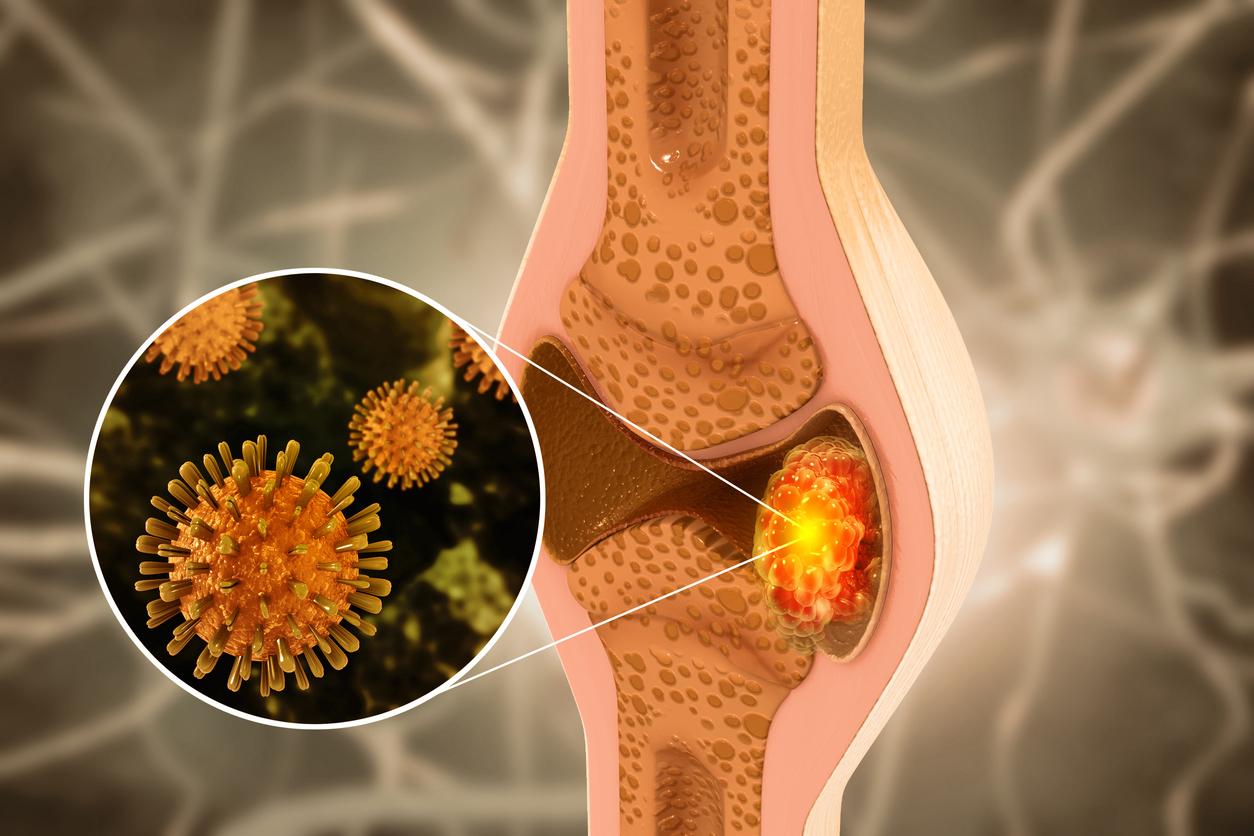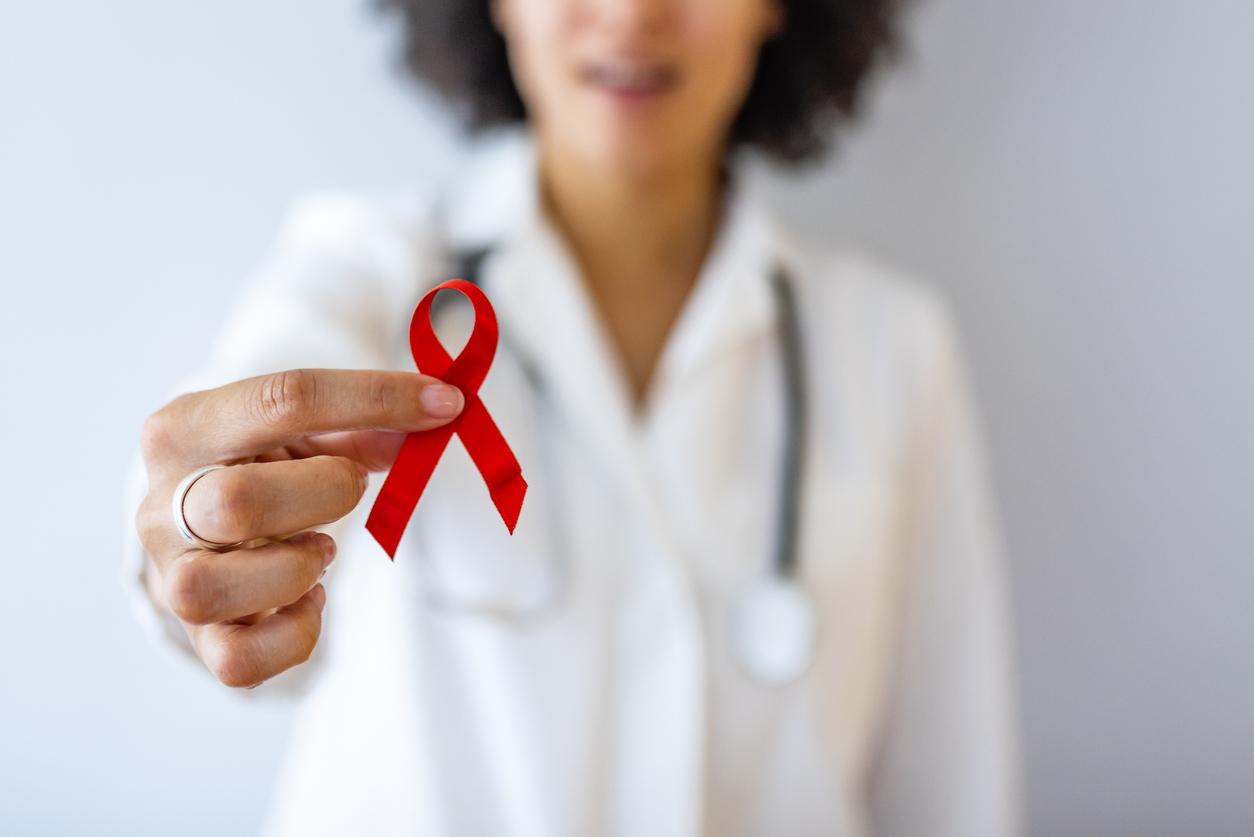Breast cancer is the most common cancer in France and the one that kills the most women. However, breast cancer detected early enough is cured in 90% of cases. What is organized screening? Who can participate? How is the exam going? On the occasion of Pink October, radiologist Dr Brigitte Seradour explains everything to us.

According to the data, breast cancer affects 1 in 8 women in France. What are the screening methods today?
There are two types of mammography screening in France: individual screening and organized screening. The first is carried out in particular in women under 50 without specific medical reasons or in those who present a risk factor (genetics, etc.). It is the attending physician or the gynecologist who provides a prescription in order to take the examination. Organized screening for breast cancer is a radiological test associated with a clinical breast examination by the recommended radiologist every 2 years from the age of 50 and up to the age of 74 without advance payment. During all these years, each Frenchwoman receives an invitation at home with a list of radiologists approved for organized screening. After 74 years, the woman can obviously continue to be screened if she wishes (it is even recommended), with the help of a prescription from her doctor. Finally, a woman, whatever her age, may also have to undergo a diagnostic mammogram because an anomaly has been detected (lump, discharge, redness, etc.).
Organized screening: 5 to 7% more cancers detected thanks to the 2nd control
How is the exam going?
The classic examination consists of taking four X-rays, ie two X-rays per breast. If ever a breast is very complicated (because it has a lot of cysts for example), the radiologist can do an additional ultrasound, in order to have a more precise image. Each time, the radiologist also performs a clinical examination of the patient’s chest before the mammogram. The final results of the organized screening mammography are transmitted on average 10 to 25 days after the examination. A provisional result is also given the same day, but a second reading of the images by another specialist then takes place to analyze them (hence this extra time). This control makes it possible to detect 5 to 7% of additional cancers. In the case of individual screening, the results are given the same day.
Who is most at risk of developing breast cancer?
The main risk factor is genetics. So before the age of 50, we recommend a mammogram to women who have two or three antecedents of breast cancer in their 1st degree family (mother, sister, father), or who have a single case of breast cancer in a relative of less 40 years old. To benefit from a particular monitoring, it is necessary to speak about it with the attending physician or the gynecologist. If the family has many cases of breast cancer, you should make an appointment with an oncogeneticist (cancer genetics specialist) to determine the risk of developing one. Apart from the family risk, the other risk factors for developing the disease are significant obesity, lack of physical activity, tobacco, and possibly excessive alcohol consumption. Here again, it is necessary to discuss with the attending physician in order to determine the best attitude to adopt.
Self-examination: from the age of 30 and always after menstruation
How to perform breast self-examination yourself? And how often?
You can do it as much as you want, especially from the age of 30. On the other hand, this examination must be carried out after menstruation because before, women have swollen breasts, so you can feel many things which then disappear. To perform a good self-examination, it must be done with the hand flat on the breast by rolling the mammary gland on the fingers. You have to imagine that the breast is separated into four quarters in order to feel each of them to see whether or not something unusual: for example a lump that looks like a hard cherry stone, a slightly harder plate of a side than the other, a discharge that comes easily when the nipple is squeezed, etc. By themselves, these are not serious signs, but they require the consultation of a doctor.
How is screening an issue in the fight against breast cancer?
There is no other way to fight against breast cancer: you cannot prevent the tumor from developing. So the best way to find cases with a good prognosis is to take the tumor at the very beginning of its appearance, because its size is a very important factor. If the cancer measures less than one centimeter in diameter, the person is cured 9 times out of 10 by surgical excision and a few rays. Survival is then excellent without heavy treatment to bear (chemotherapy and/or complete removal of the breast). Conversely, if you let a tumor grow, it may very well be that in five years, the small ball that would have been found is then more than 2 cm in diameter and in this case, the chances of healing are less good. . The more it grows, the greater the risk of creating distant metastases. On average, 7 breast cancers are detected for every 1000 women screened.
Thanks to Dr Brigitte Seradour, radiologist in Marseille, former President of the French Society of Senology and Breast Pathology and currently President of the Regional Center for the Coordination of Cancer Screening in the PACA region and of the National Association of CRCDCs.

















